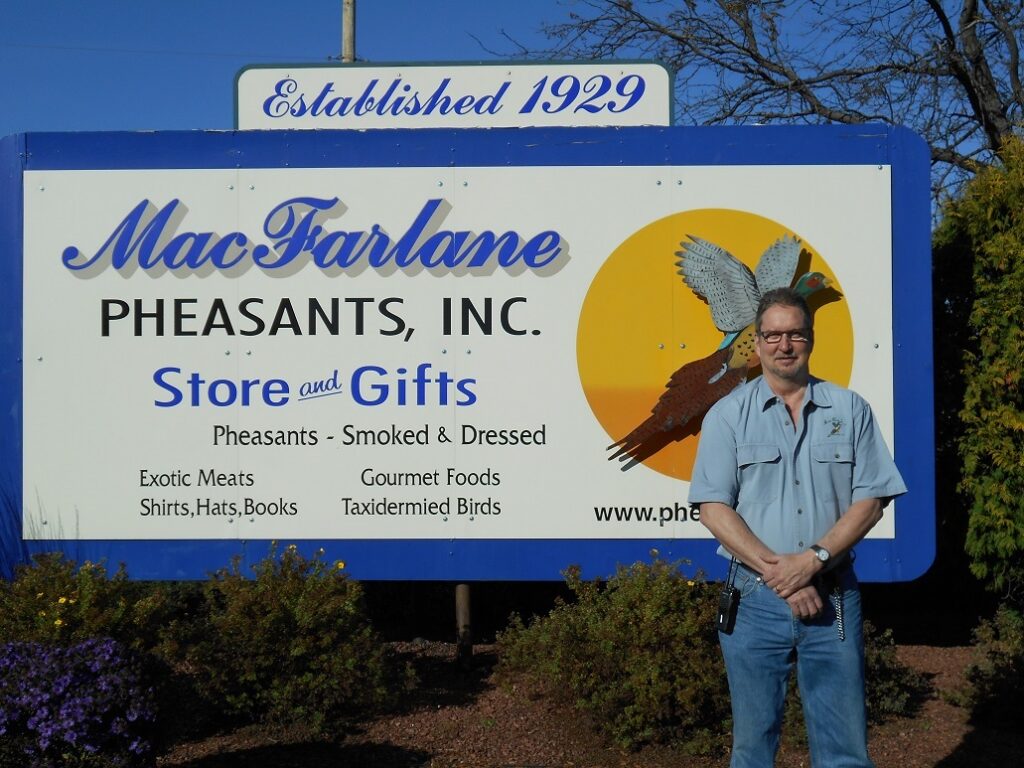The History of MacFarlane Pheasants, Part 2: All in the Family
Editor’s note: This is Part 2 in a three-part series detailing the rich history of MacFarlane Pheasants, a business that began 86 years ago and has since grown into the largest pheasant farm in North America. Special thanks to the MacFarlane family for providing archived documents and information.
Don and Ken MacFarlane grew up together on a farm 10 miles east of Janesville, Wisconsin, that their grandfather had established in 1849 when he emigrated from Scotland. On the family homestead, hard work was the rule of thumb and love of the outdoors was a tradition.
Pheasant farming would become a family tradition as well, with Ken starting the MacFarlane Pheasant farm in 1929 and Don starting his own pheasant business in 1935.
Don MacFarlane was born on July 3, 1903, in the same farmhouse where his father, William Daniel MacFarlane, had been born 30 years earlier. Unlike his brother, Ken, Don would have a long and productive life, though not an easy one.
In the mid-1920s, with a chemical engineering degree in hand from the University of Wisconsin, Don moved to New Jersey to work for Standard Oil. He was later transferred to Beaver, Pennsylvania, where he met his future wife, Genevieve Adamson. After nearly 10 years working as a chemical engineer, Don began to have medical problems from the exposure to fumes in the refinery where he worked. Back in Wisconsin, Ken had already established a pheasant business and was doing well, and he urged Don to do the same.
Don and Genevieve (Gen) moved back to Janesville in 1935 and established their own pheasant-rearing business right next to his brother’s farm. When his brother’s life was cut short in the Great Armistice Day Storm, Don bought the farm from Ken’s widow, Gwen, and joined the two farms to create the business that continues to this day.
Don and Gen began raising a family shortly after they returned to Janesville. Marion was born in 1937, followed by Janet in 1941, Marj two years later, and Kenneth in 1945, a year their lives would be forever changed.
Traveling home from Montana through Duluth, Minnesota, the family stopped to eat at a roadside restaurant, where, unknown to anyone, the cook was contagious with the polio virus. Don contracted the infectious disease and was soon fighting for his life in an iron lung.
Polio had mostly been a childhood disease but during the 1930s and 1940s more and more adults were contracting the disease. The years between 1944 and 1955 saw some of the worst polio epidemics, and many people died before the disease was declared eradicated in the United States in 1979.
Don was lucky enough to survive the ravages of polio, though he would spend the rest of his life in a wheelchair or struggling to walk with crutches. But he was a man who loved life, and he wasn’t going to let polio stop him from enjoying it! At 51 years old, he fathered his last child, William (Bill) MacFarlane, the current owner and president of MacFarlane Pheasants.
Don’s physical abilities were vastly different after he contracted polio at 43, but it did not stop him from continuing to operate his business with the same enthusiasm he had prior to getting the disease. He worked from a small sunroom, maintaining contacts with customers and building relationships. Previously, everyone had been so busy working the farm that calls were often missed. Bill MacFarlane, Don’s son and the current owner, believes that having his dad in the office actually helped boost the business. Customers responded to having an expert pheasant farmer taking their calls by purchasing more pheasants!
As Janesville grew so did MacFarlane Pheasants. By the 1950s, the city was encroaching on the farm and the family moved the business to its present location, about a half-mile south of the original location. It was during these years that Don’s brother-in-law, James (Jim) Adamson, joined the business to run the day-to-day farm operations and stayed for more than 35 years. Jim oversaw breeding, egg collection, hatchery supervision, brooding, and deliveries, while Don ran the office and watched the business flourish. Jim is credited as one of the reasons MacFarlane Pheasants became a leader in the pheasant industry. By the 1960s, they had expanded the breeding aspect of the farm and began large-scale production of day-old chicks. More than 200,000 day-old chicks were produced annually.
The MacFarlane traditions of hard work and love of the outdoors had brought Don success, despite the hurdles he had to overcome to get there. As Don’s business expanded, so did his service to the community. In 1960, he received the Wisconsin Easter Seal Society Award presented once a year to a resident who had “met their disability with courage and had gone on to become a productive and independent citizen.” According to the Milwaukee Journal, although completely paralyzed from the waist down from polio, Don ran a successful business and served on many committees in the community: Three-term Rock County Supervisor, Chairman of Janesville Baptist Church Board of Trustees, Board Chairman of the University of Wisconsin Baptist Student Center, member of the Janesville Rotary Club, Trustee of the Janesville YWCA, Sec/Treasurer Wisconsin Pheasant Breeders, and Member of National Game Breeders Association.
During the 1970s, Don’s health and the business began a gradual decline. He had worked for 25 years with an intensity that began to take a toll on him. Don had a stroke in 1970 and lost 50% of the use of his right arm. He initially responded to the stroke by telling the newspaper “you get to learn with polio legs, that you can still do certain things, so you don’t let a stroke get the best of you.” In 1978, a vicious fire leveled the brooding barn on the farm. It was just one more problem for Don to solve; but even this great man had his limits. By 1979 he was considering closing the business when he persuaded his youngest son, Bill, who had just graduated from college with an economics degree, to come home to Janesville and help him run the business. Bill knew it was the right thing to do, so he packed up and came home to help his dad. They immediately incorporated the business in 1979, and it became known as MacFarlane Pheasants, Inc. By the early ‘80s Don could no longer work and Jim was ready to retire; Bill MacFarlane took over ownership of the business in 1985.
Watch for Bill’s story in the third of this 3-part history of MacFarlane Pheasants, Inc.
Related Posts
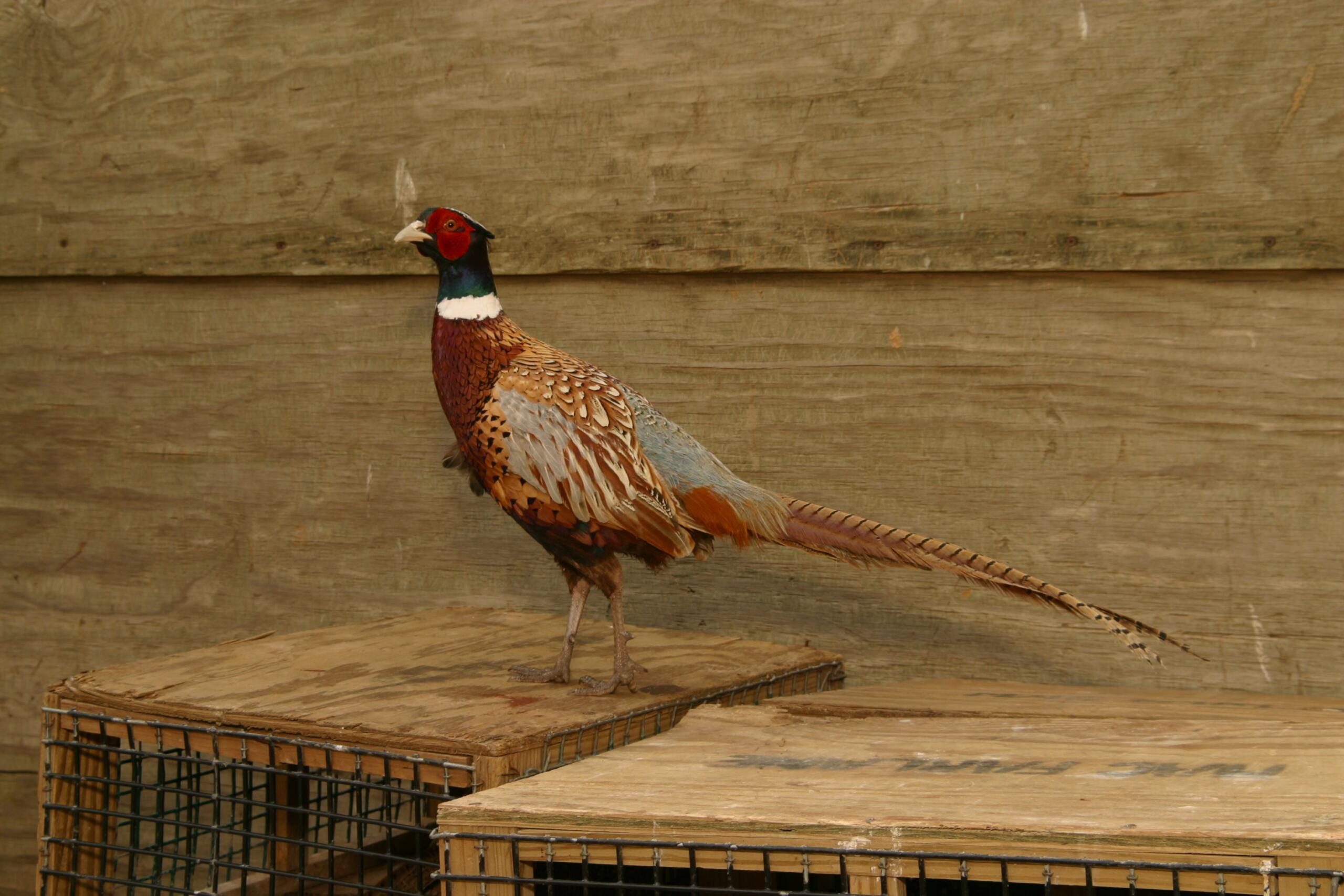
DuPont Financial Analysis Model
Read Post

The Unique Talents of MacFarlane Pheasants Office Staff Benefits Our Customers!
Read Post
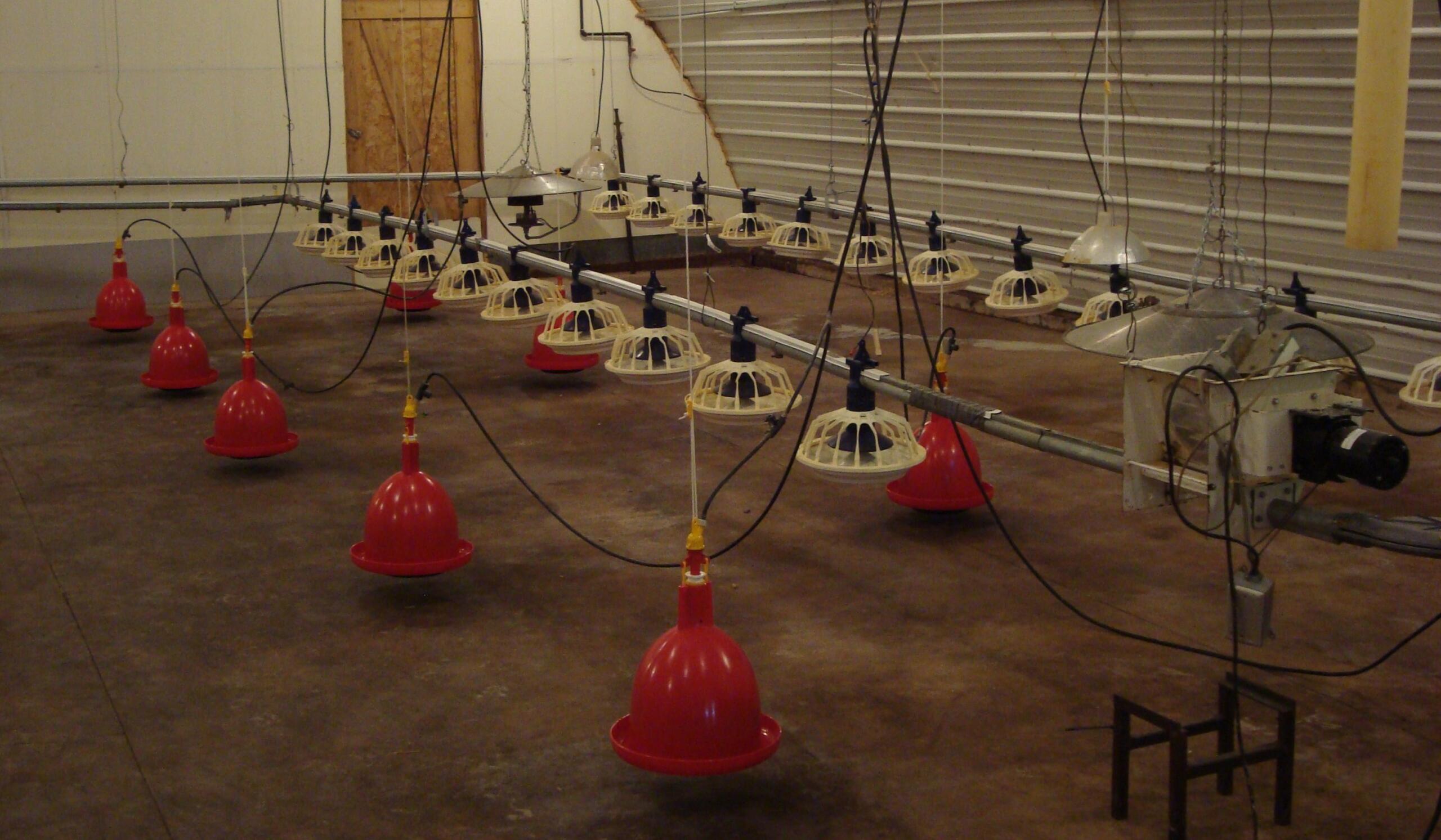
6 Feed and Water Procedures to Keep MacFarlane Pheasants Healthy
Read Post

Advice on what protein % feed to use for your pheasants.
Read Post

All Pheasant Feed Is Not Created Equal
Read Post
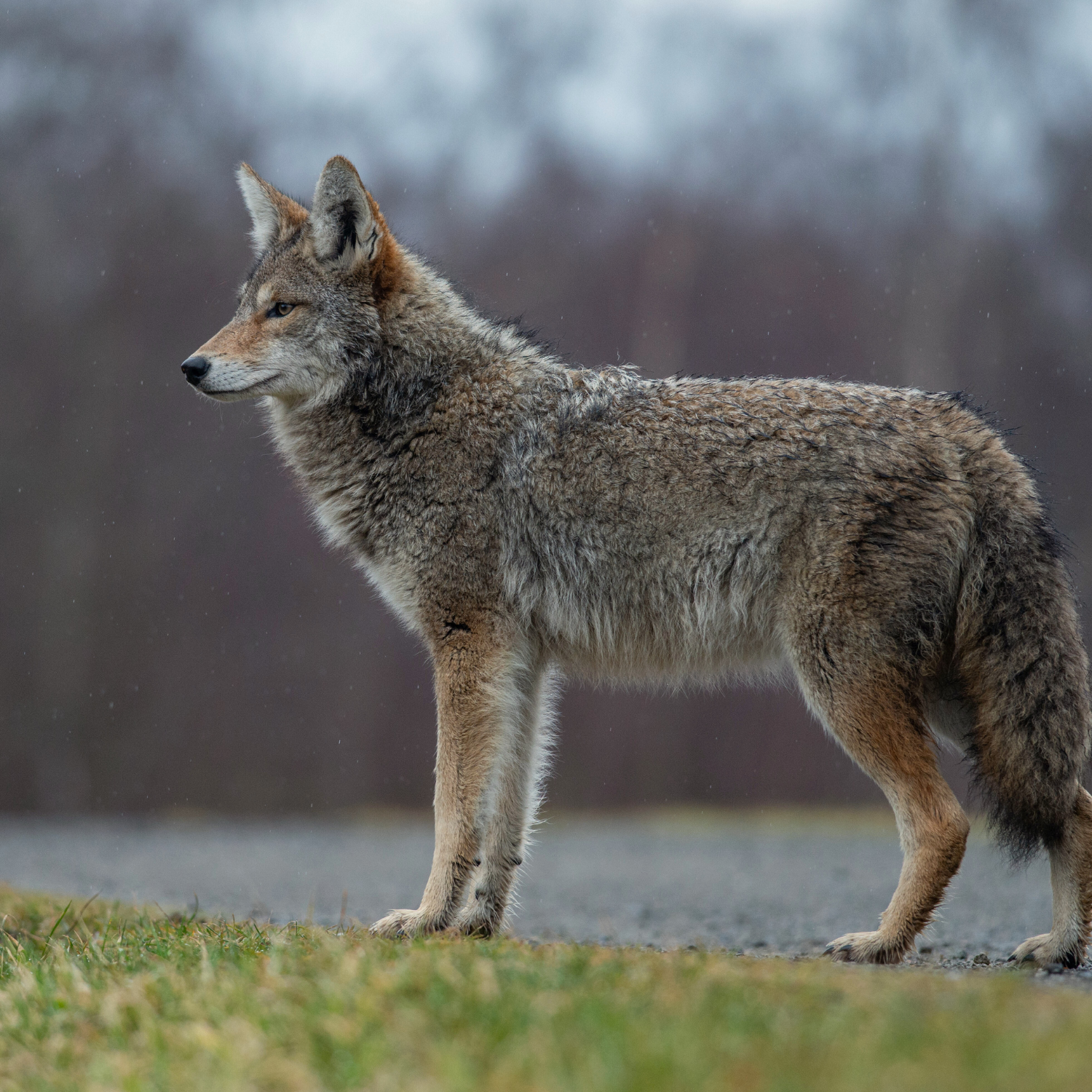
A Pheasant Farm’s Most Wanted List
Read Post
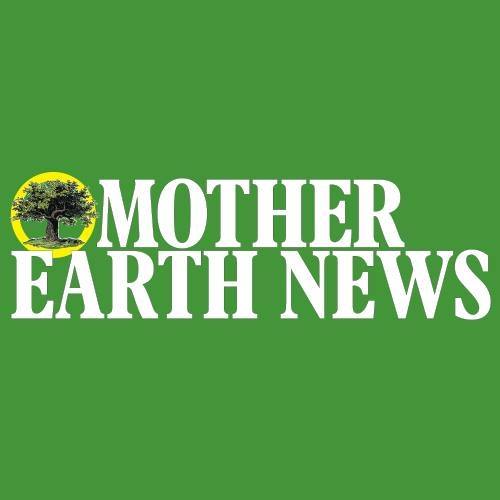
Bill MacFarlane Featured In Mother Earth News!
Read Post
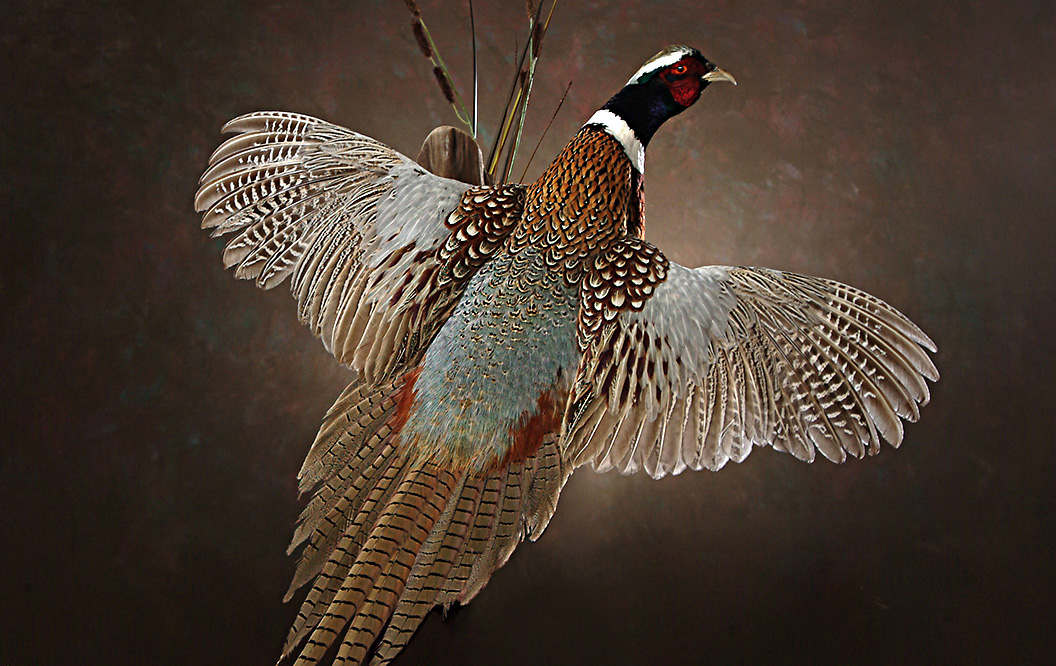
Birds For Mounting
Read Post
Take Advantage of These Free Resources
As the biggest game bird farm in the United States, we want to share our experience with you. Download our free resources below and get started.


